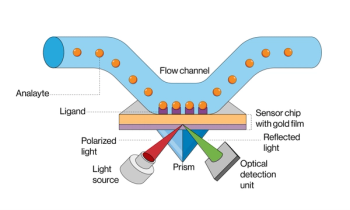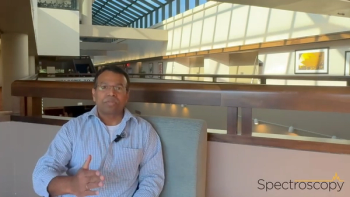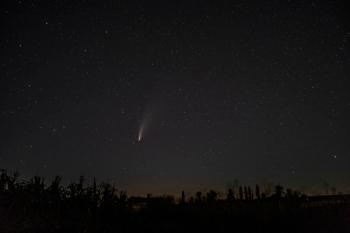
Using Handheld Raman Spectroscopy for In-Field Plant Monitoring
Spectroscopy sat down with Renee Romano, a graduate student at The Ohio State University, to discuss the broader implications of her findings, including how they demonstrate the potential of Raman spectroscopy for in situ, real-time monitoring of plant–microbe interactions without destructive sampling.
Yesterday, Renee Romano, a graduate student at The Ohio State University, delivered a presentation titled, “Handheld Raman Spectroscopy and Machine Learning Monitoring of Fungal-Plant Symbioses” (1). In her talk, Romano introduced a novel, non-destructive approach for monitoring plant–fungus interactions using Raman spectroscopy.
Traditional methods for assessing arbuscular mycorrhizal fungi (AMF) colonization require harvesting and staining plant roots, which prevents in-field and longitudinal studies. To overcome this limitation, Romano and her team explored whether Raman spectroscopy could serve as a rapid, non-invasive tool for detecting biochemical changes in plants associated with AMF symbiosis (1).
As part of the experimental procedure, tomato plants were grown under different conditions, including AMF inoculation, drought stress, and soapy acid (jasmonic or salicylic) treatments, and their leaves were analyzed using a handheld Raman spectrometer. The spectra were preprocessed through baseline correction and normalization to the cellulose peak (1440 cm⁻¹) to minimize seasonal variability (1).
Because univariate analysis of carotenoid peaks (1525 cm⁻¹) could not distinguish conditions reliably, a supervised multivariate method, projection to latent structures–discriminant analysis (PLS-DA), was applied (1). This approach reduced data dimensionality and improved class separation, revealing distinct spectral patterns linked to AMF colonization.
Although factors such as sunlight exposure affected consistency between growing seasons and limited classification of drought and stress treatments, PLS-DA successfully identified AMF presence in root systems with approximately 70% accuracy (1).
Spectroscopy sat down with Romano to discuss the broader implications of her findings, including how they demonstrate the potential of Raman spectroscopy for in situ, real-time monitoring of plant–microbe interactions without destructive sampling. Romano also addressed the challenges faced in the study when accounting for seasonal variability, and what future advancements to data analysis workflows could potentially improve the sensitivity of Raman spectroscopy for broader stress detection in plants.
This interview clip is part of our coverage of the 2025 SciX Conference. To stay up to date with the latest coverage of the conference, click
Reference
- SciX Conference, Handheld Raman Spectroscopy and Machine Learning Monitoring of Fungal-Plant Symbioses. SciX Conference. Available at:
https://scixconference.org/2025-final-program (accessed 2025-10-08).
Newsletter
Get essential updates on the latest spectroscopy technologies, regulatory standards, and best practices—subscribe today to Spectroscopy.





